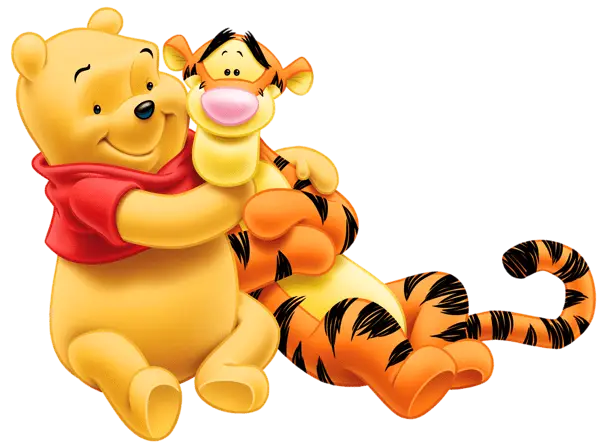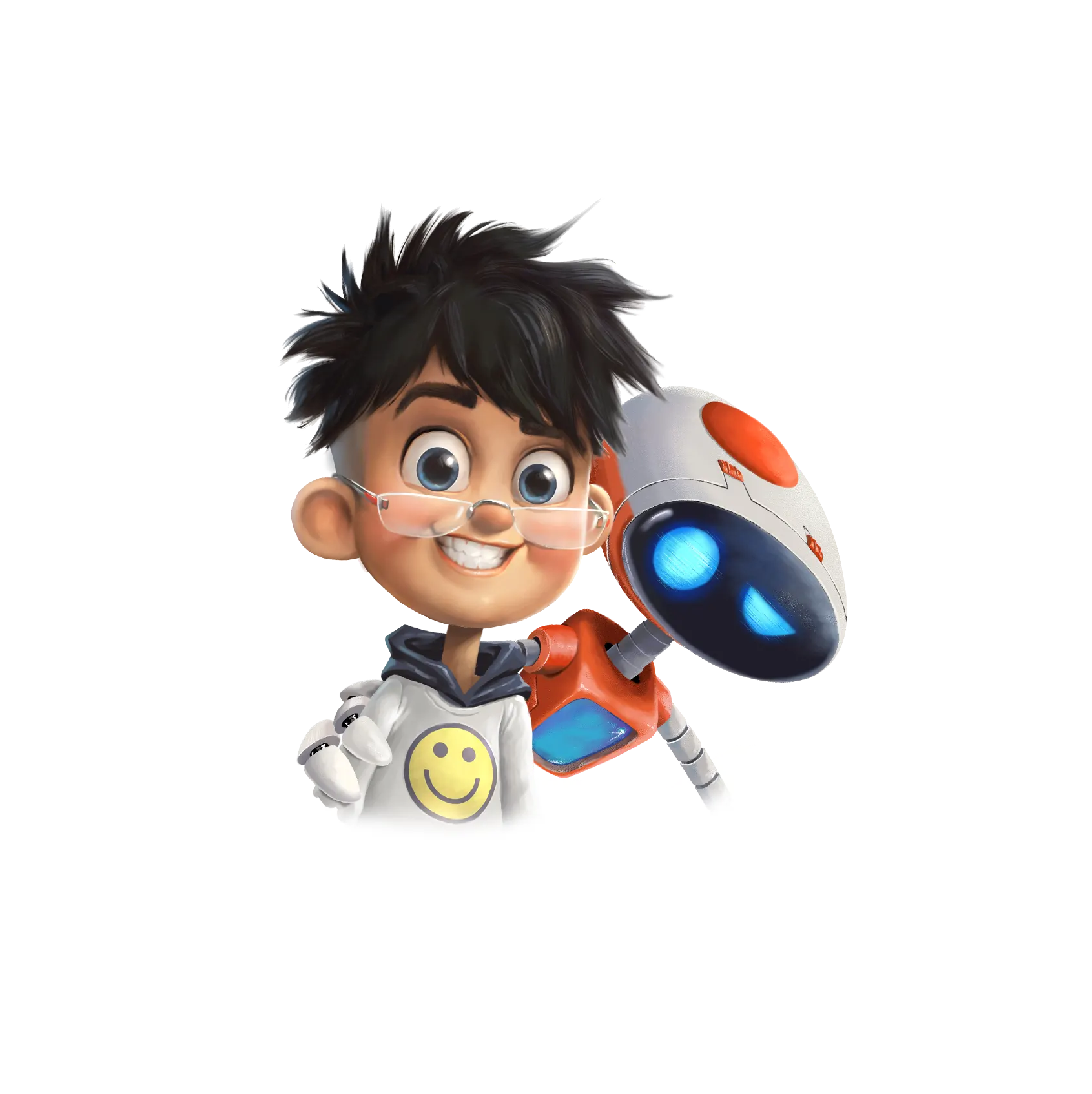AI: Redefining Artistic Expression

Art has been a fundamental part of human civilization, allowing individuals to express their creativity, emotions, and ideas. Throughout history, artists have shaped cultural narratives and provided unique perspectives on the world. However, with the rapid advancements in artificial intelligence (AI), there has been a growing debate about whether AI can replace artists in the creation of artworks. In this blog, we will explore the potential of AI to redefine artistic expression and its impact on the art world.
The Intersection of AI and Art:
Artificial intelligence, with its ability to analyze vast amounts of data, recognize patterns, and generate novel outputs, has opened up new possibilities for artistic creation. AI algorithms can now mimic artistic styles, compose music, generate poetry, and even produce paintings and sculptures. These AI-generated artworks often challenge our preconceived notions of what constitutes creativity and push the boundaries of traditional art forms.
Enhancing Creative Capabilities:
AI has the potential to enhance an artist’s creative capabilities by acting as a collaborator or a tool. Artists can utilize AI algorithms to generate ideas, explore different styles, and experiment with new mediums. By leveraging AI, artists can expand their creative horizons, break free from artistic blocks, and discover new avenues of expression.
Democratizing Art:
One of the significant advantages of AI in art is its potential to democratize the creative process. AI algorithms can assist individuals with limited artistic skills to create visually appealing artworks. This inclusivity allows a broader range of people to engage in artistic expression, fostering a more diverse and accessible art community.
Exploring Uncharted Territories:
AI has the ability to generate artworks that challenge conventional norms and push artistic boundaries. By analyzing vast amounts of existing art and exploring novel combinations of styles and techniques, AI algorithms can create unique and innovative pieces that humans may not have envisioned. These AI-generated artworks provide fresh perspectives and open up new avenues for artistic exploration.
Preserving Artistic Heritage:
AI also plays a vital role in preserving and restoring artworks. By analyzing digital scans or photographs of deteriorating pieces, AI algorithms can reconstruct missing details and restore artworks to their original form. This application of AI ensures that valuable artistic heritage is not lost to time, enabling future generations to appreciate and study the masterpieces of the past.
The Human Element:
While AI presents exciting possibilities, it is important to recognize the irreplaceable value of the human element in art. The human experience, emotions, and intuition cannot be replicated by AI algorithms. Artists bring their unique perspectives, cultural backgrounds, and personal narratives to their creations, imbuing them with deep meaning and emotional resonance. The collaboration between AI and human artists, rather than replacement, can result in unparalleled artistic achievements.
The Future of Artistic Expression:
As AI continues to evolve, its impact on the art world will undoubtedly grow. Artists and art enthusiasts alike must embrace this technological shift as an opportunity for exploration and innovation. The symbiotic relationship between AI and human creativity can lead to new forms of artistic expression, pushing the boundaries of what we currently perceive as art.
Art and artificial intelligence are not mutually exclusive concepts. Rather than replacing artists, AI has the potential to enhance creative capabilities, democratize art, and foster new forms of expression. As we embrace the collaboration between human artists and AI algorithms, we will witness a new era of artistic exploration and innovation that reflects the dynamic nature of our evolving world. The future holds exciting possibilities, and it is up to us to navigate the intersection of AI and art with open minds and a spirit of curiosity.



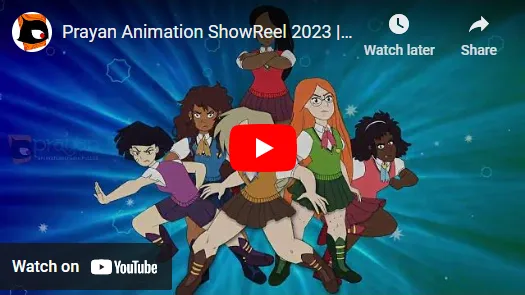
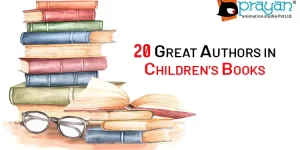
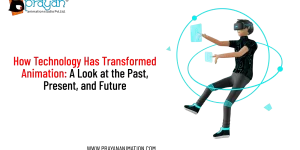
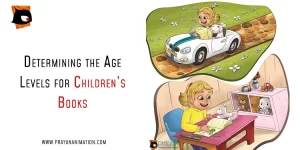
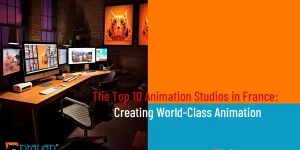
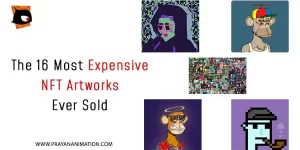
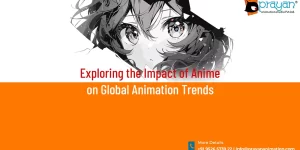



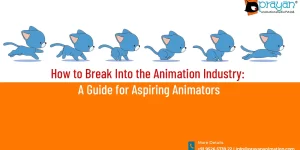
 We can help you.
We can help you. 

